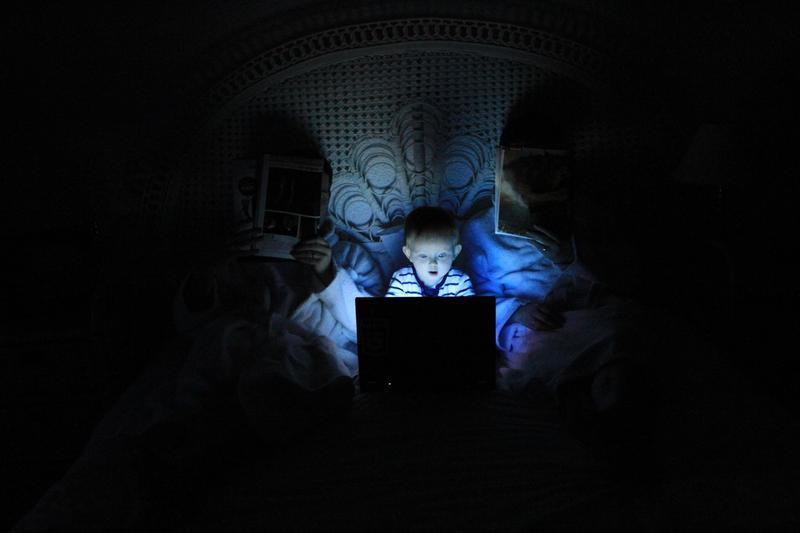Suggestions For An Effective And Successful Start To Reducing Screen And Technology Use
Suggestions For An Effective And Successful Start To Reducing Screen And Technology Use
I want to begin this article by acknowledging that screens and technology can be effective tools for communication, organization, and learning (raise your hand if you’re grateful for an Alexa device that serves as an intercom system of sorts). However, many of us forget or are unaware that screens and technology are designed to capture and hold attention. Thomas H. Davenport and John C. Beck define the concept of attention as “the focused mental engagement on a particular item of information. Items come into our awareness, we attend to a particular item, and then we decide whether to act.” Screens and technology force family members to compete for each other's attention. This has inflated the value of attention.
While screens and technology vie to influence the behaviors and habits of individual family members, caregivers report feeling ‘helpless’ to reduce screen and technology use in the home despite their children exhibiting delays in physical, social, and language development and an increase in disruptive behaviors. All this impacts the development of attachment, reduces the quality and amount of engagement and responsiveness between family members. Not to mention the risk of being exposed to harmful content and advertising. (An Early Childhood Work Group Project et al., 2019)
I am not writing to cause worry and panic but rather to remind families to be intentional in their use of screens and technologies and their efforts to reintroduce real-world experiences. The following suggestions are practical and sustainable behaviors to reduce screen and technology use.
Create screen and technology boundaries by designating screen/technology free areas of your home and setting time limits. This might look like no screens in the bedrooms and bathrooms, but screens can be used in the living room from 4:30-6:00.
Implement a one device at a time rule.
Clarify the intended use of devices in the home, like the Alexa is for announcements and music or laptops are for school/work and school/work related use only.
Arrange your furniture in a way that promotes interaction; not set up around a screen.
Keep devices physically away UNTIL there’s an intentional reason to use them.
Set a timer when scrolling or online shopping.
Additional small but effective steps to reduce screen and technology use include swapping screen time for a quiet sit on the porch or a walk, sorting and folding laundry outside instead of in front of a screen, refreshing and replenishing outside spaces and toys, adding new photo albums/ books/ puzzles and games to the living room and dining room, make household cleaning and organizing tasks a family affair, connecting with a local nature center and your state’s parks and recreation department
References
Davenport, T. H., & Beck, J. C. (2002). The Attention Economy: Understanding
the New Currency of Business. Harvard Business Review Press.
An Early Childhood Work Group Project, Holohan, MA, CFLE, M., & Cantor, EdD, P. (2019,
April 11). Home. fairplay for kids.
